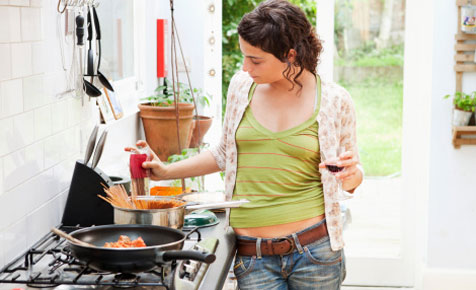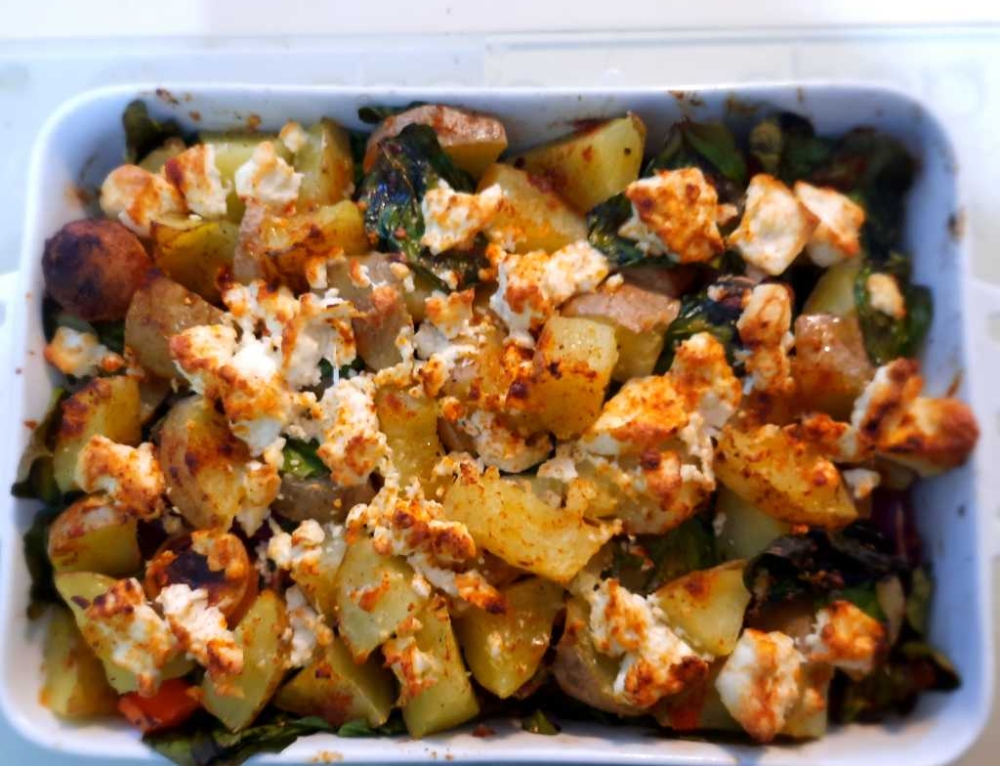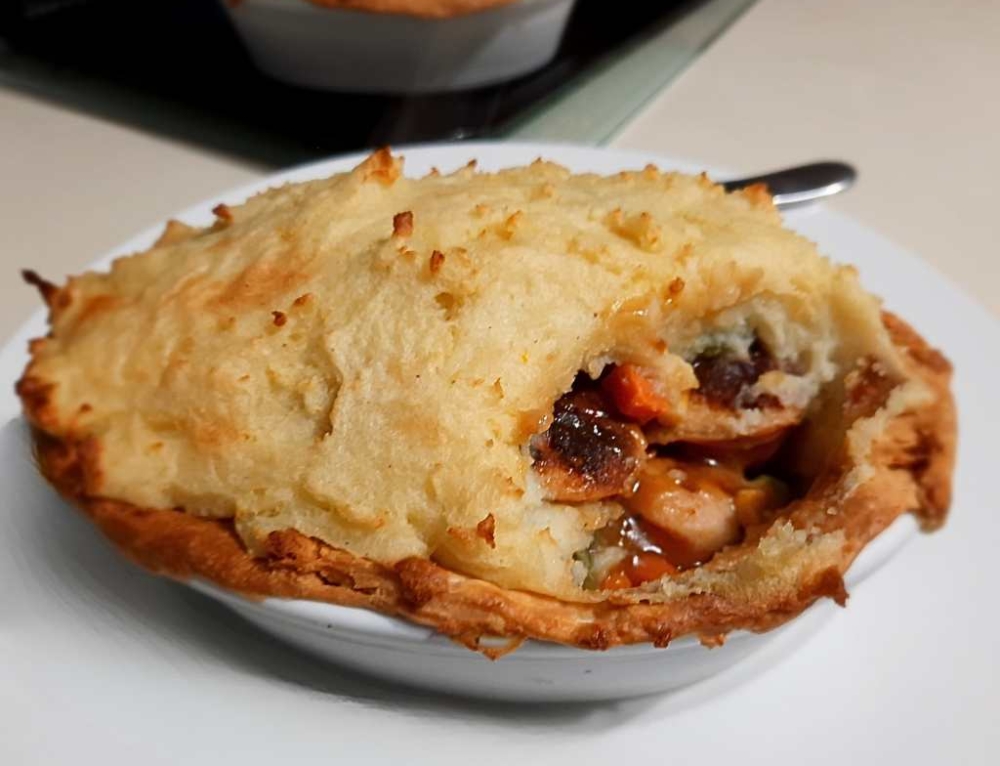10 cooking techniques to master
Are you a mummy MasterChef? Or does the thought of cooking a meal from scratch make you break out in a cold sweat? If the kitchen is a place where you feel less than comfortable, don’t fear! Once you’ve mastered these 10 cooking techniques from Kidspot’s food editor, Jen Cheung, you’ll be whizzing around your kitchen, whipping up meals like a pro:
Cooking technique No 1: Sensational stir-fry
The secret of a stir-fry is preparation. Everything should be chopped up ready for cooking before you turn on the stove. There are three things Jen recommends for a great stir-fry: “a smoking-hot pan, a high-temperature oil like peanut oil, and all the ingredients pre-cut”. Once you’ve got these three things sorted, the rest is easy as pie.
Cooking technique No 2: Perfect pasta
To make perfect pasta you need lots of boiling water. Jen suggests using 1 litre of water for every 100 grams of pasta, as well as 1 teaspoon of salt per litre. Once your pasta is ready, “drain and refresh it with cold running water if you are not going to use it immediately, because otherwise it continues to cook,” says Jen. The only way to halt the cooking process is to douse the pasta with cold water until it is cold to the touch. And always follow the directions on the pack to avoid overcooking, she adds.
Cooking technique No 3: Sizzling great steak
“Don’t forget to season your meat and never turn it more than once,” advises Jen. Before you start cooking, the meat should be at room temperature, then use “a very hot pan and a small amount of oil”. If you like well-done steak, take your meat off the stove when the juices rise to the surface but if you prefer your steak more rare, it will need to be taken off the heat before the juices emerge.
Cooking technique No 4: Restaurant-quality rice
When cooking rice using the absorption method, either on the stove or in the microwave, Jen advises to “fill the water to about 2 centimetres over the top of the rice,” says Jen. This is the quickest way to avoid having to measure out cups of water against a certain number of rice cups.
Cooking technique No 5: Soup worth slurping
Jen says a good soup needs an aromatic base and should include at least one of these: celery, onion or garlic, as well as good quality stock. Most importantly, she says that “soup needs time to simmer, to bring out the flavour in the ingredients”. Another great way to add intense flavour to your soup is to slow-roast some of your ingredients, such as pumpkin, before adding it to the soup.
Cooking technique No 6: Baking basics
When it comes to baking, precision is important. “Recipes involve science, so accurate measurements are a must! Use your measuring cups, spoons and weight scale to get a good end result,” says Jen. “Make sure your oven is pre-heated and that you use heavy-gauge non-stick bakeware.” Cheap baking tins will transfer the heat too quickly and cause burning, she warns. “And use a timer,” says Jen. “There’s nothing worse than making something and forgetting it’s in the oven.”
Cooking technique No 7: The do’s and don’ts of deep-frying
Deep-frying is a lot easier than you think, says Jen, especially if you follow a couple of simple rules: “Always use good quality oil for deep-frying, such as peanut or vegetable oils, as they are able to withstand high temperatures.” She also recommends you deep-fry small amounts at a time so you don’t overcrowd the deep fryer or pan. “And don’t ever leave a deep-fryer unattended,” reminds Jen.
Cooking technique No 8: Slow-cooking solutions
Slow-cooked meat is as succulent and tender as you can get – provided you don’t overcook the dish! Jen recommends cooking on the HIGH setting for six hours or on LOW for eight hours. “If you have time, sear the meat first and add the pan juices,” she says. It’s also a good idea to use produce that is in-season but don’t be afraid to use frozen vegetables if that’s easier. Add flavour by using stock, garlic, herbs and spices.
Cooking technique No 9: The principles of poaching
Poached food is quite healthy because the cooking process does not require any fat, says Jen. “Use water, milk or stock as your poaching medium,” she says. You can poach many foods, such as eggs, fish, chicken and pears. But don’t get confused, warns Jen, “poaching is not boiling! In fact, sometimes poaching requires you to turn the heat completely off and allow something to stand.”
Cooking technique No 10: A quick sauce, quick smart
It pays to learn how to make a basic roux – a cooked mixture of fat and flour – as this is the foundation of lovely gravy or cheese sauce, promises Jen. “Use flour and butter in equal quantities to make a roux, first melt the butter and then add the flour,” Jen says. If you want brown gravy, cook until the colour changes and then add stock and flavourings. If you want a white sauce, melt butter and flour and allow the mixture to bubble for a minute. Then whisk in hot milk and cheese, making sure to keep stirring so the sauce does not burn.







Leave A Comment
You must be logged in to post a comment.